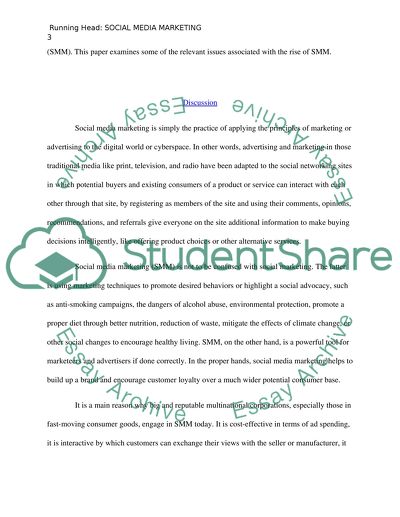Cite this document
(“Social Media Essay Example | Topics and Well Written Essays - 1250 words - 3”, n.d.)
Retrieved from https://studentshare.org/law/1475778-social-media
Retrieved from https://studentshare.org/law/1475778-social-media
(Social Media Essay Example | Topics and Well Written Essays - 1250 Words - 3)
https://studentshare.org/law/1475778-social-media.
https://studentshare.org/law/1475778-social-media.
“Social Media Essay Example | Topics and Well Written Essays - 1250 Words - 3”, n.d. https://studentshare.org/law/1475778-social-media.


